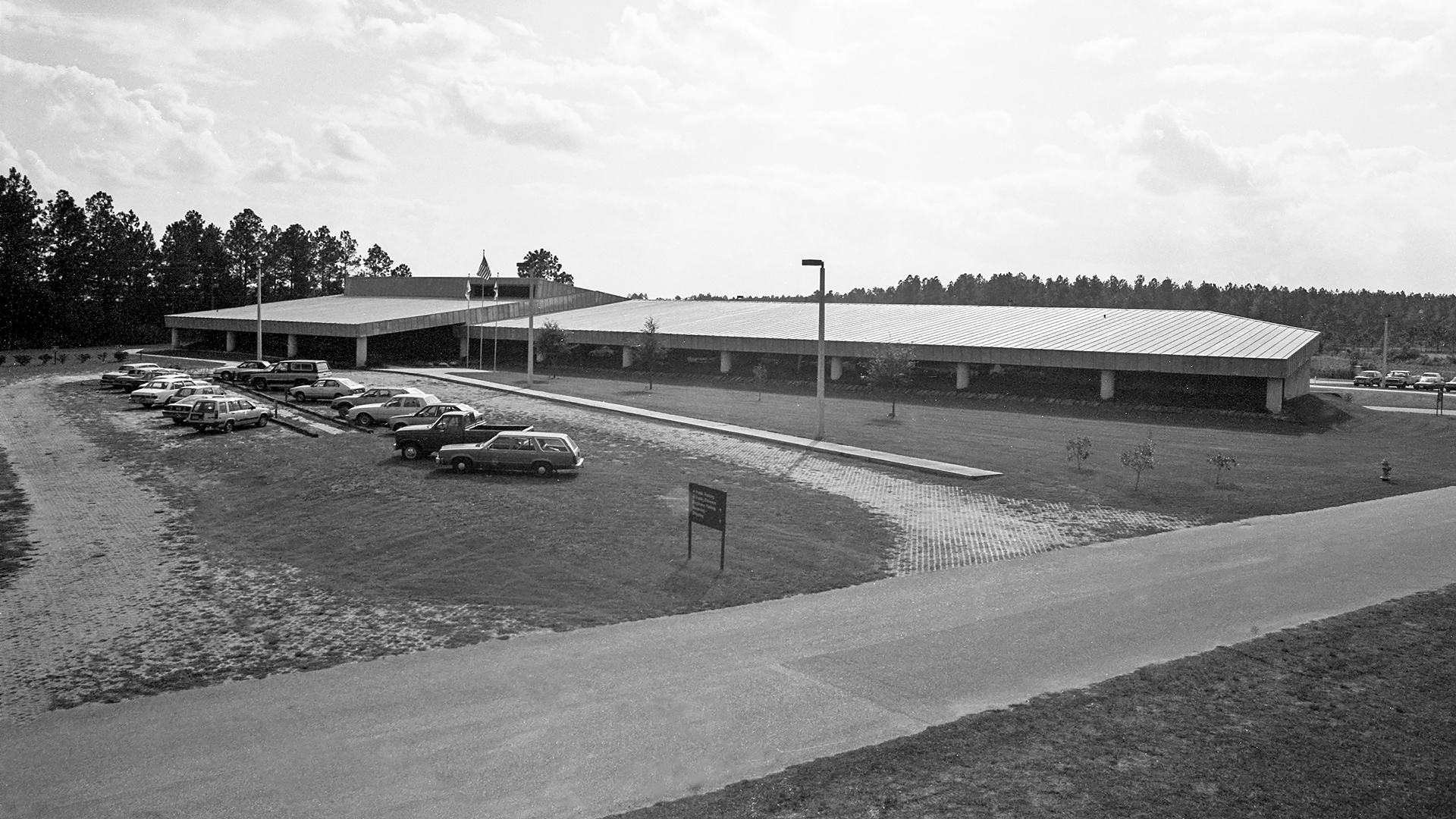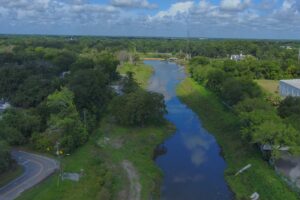We’re celebrating 50 years
of protecting Florida’s water
Jan. 20, 2022

It’s our 50th anniversary in 2022 and we feel like celebrating! Throughout the year, the St. Johns River Water Management District will be reflecting on a half century of protecting the water resources of our 18-county region in northeast and east-central Florida.
Our journey started with Florida’s voters and lawmakers in the early 1970s. After having seen the fickle nature of water with wet years filled with hurricanes followed by prolonged dry years, the state’s residents, lawmakers and leaders decided to establish five regional water management districts to manage water resources to ensure water would be available now and in the future.
On April 8, 1972, with the stroke of a pen, then-Gov. Reubin Askew signed legislation that made the water management districts a reality. It was the year known as “the year of the environment,” when several natural resource bills were passed: the Florida Water Resources Act, the Land Conservation Act, the Environmental Land and Water Management Act, Comprehensive Planning Act and the federal Clean Water Act.
Our first Governing Board meeting was held in Daytona Beach on Feb. 21, 1974. At this first meeting, Dennis Auth was hired as the District’s first Executive Director. At the Board’s second meeting, Palatka was designated as District headquarters. By the end of 1974, the District had five employees. At the time, the state’s population was 6.79 million.
Today, the District’s roughly 530 staff work from Palatka headquarters and service centers in Jacksonville, Palm Bay and several field stations, with a service center under construction in Apopka. Today, the state’s population is almost 22 million.
Our work is as important today as it was when the districts were established. After all, water is the one thing that all of us — people and the environment — need. The water management districts’ responsibilities have grown over the years but have always focused on water, with our work focused on four core missions: water supply, water quality, flood protection and natural systems restoration and enhancement.
We accomplish our core missions each day through our permitting program, District-led projects, cost-share projects, educating the public about water conservation, setting rules for water use, conducting research, collecting data, restoring and protecting water above and below the ground, and preserving natural areas.
Throughout 2022, we will continue to bring you a look at the work going on behind the scenes as told by our talented and dedicated staff, share videos and feature key dates and milestones in our history on our social media platforms. We hope you’ll join us in this celebration.






